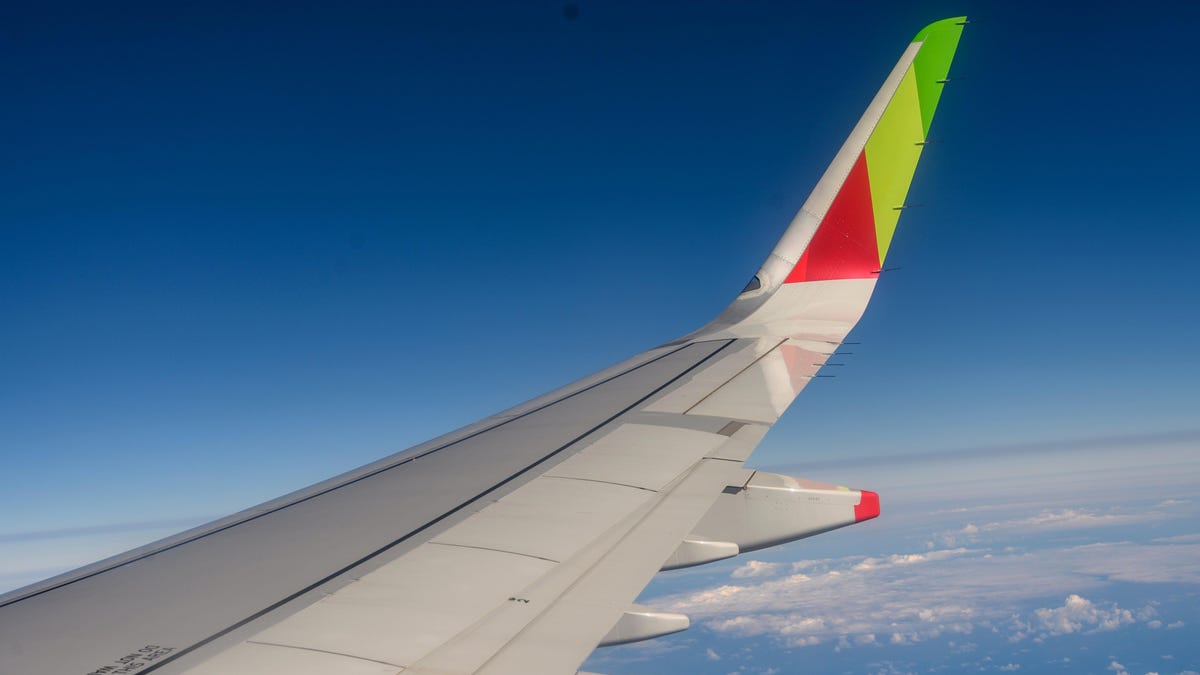Millions of consumers trust airlines with their lives each day, but few passengers understand how these massive flying tubes stay airborne and why they look the way they do. I don’t remember jets having winglets when I was a kid, but on a recent work trip I took notice of the winglets on all the planes at the airport. Winglets are the vertical tips at the end of a plane’s wing, and they serve a few important functions.
Winglets reduce a plane’s aerodynamic drag by approximately 5 percent through reducing the vortices or whirling wind around the edge of a plane’s wing. These vortices are caused when the air that flows along a plane’s wings curls upward as a high-pressure zone forms below the wing and a low-pressure zone forms above the wing. As these two opposite pressure systems form and the air moves toward the tip of the wing, it creates a small tornado that produces drag and wastes energy. Winglets stop the high pressure airflow from under the wing from meeting the low pressure airflow on top of the wing, thus reducing drag. According to CNN,
In 1897, British aerodynamicist Frederick W. Lancaster patented “wing endplates,” vertical surfaces to be placed at the end of wings to stop the airflow from the bottom and the top from meeting, reducing drag. “Endplates in many ways act much like winglets do, but the improvement to the lift is rather poor, because flat plates by themselves are not very good aerodynamic surfaces,” explains Bowers.
The idea was refined for modern aircraft in the 1970s by NASA engineer Richard Whitcomb, who imagined vertical wing extensions inspired by the way birds curl up the end of their wings when in need of lift.
Whitcomb tested the idea in a wind tunnel and found that winglets could achieve a reduction of drag of about 5%. At the same time, winglet research was happening independently of NASA, and business jet manufacturer LearJet was the first to mount winglets on an actual aircraft, in 1977. Two years later, NASA first flew an Air Force KC-135 test plane – not too different from a Boeing 707 airliner – equipped with nine-foot-high winglets. Over 47 test flights, NASA confirmed Whitcomb’s wind tunnel findings.
Winglets are now seen on most small and mid-size aircraft in the world, but larger planes use raked wingtips that sweep backward more drastically than the rest of the wing. These raked wingtips are more efficient for larger aircraft, and still provide comparable wing tip vortex suppressing properties and comparable fuel savings to winglets. Aside from fuel savings, both winglets and raked wingtips improve aircraft directional stability, reducing the plane’s susceptibility to turbulence.
These seemingly simple improvements to aviation have saved billions of gallons of fuel, which means more cost savings for airline companies and fewer carbon emissions from plane travel. These little winglets serve a big purpose, and next time you fly you can assault your row neighbors with this little tidbit of knowledge.
